OrgKit review
Orgkit Review – a new product that replaces and improves on an old favorite.
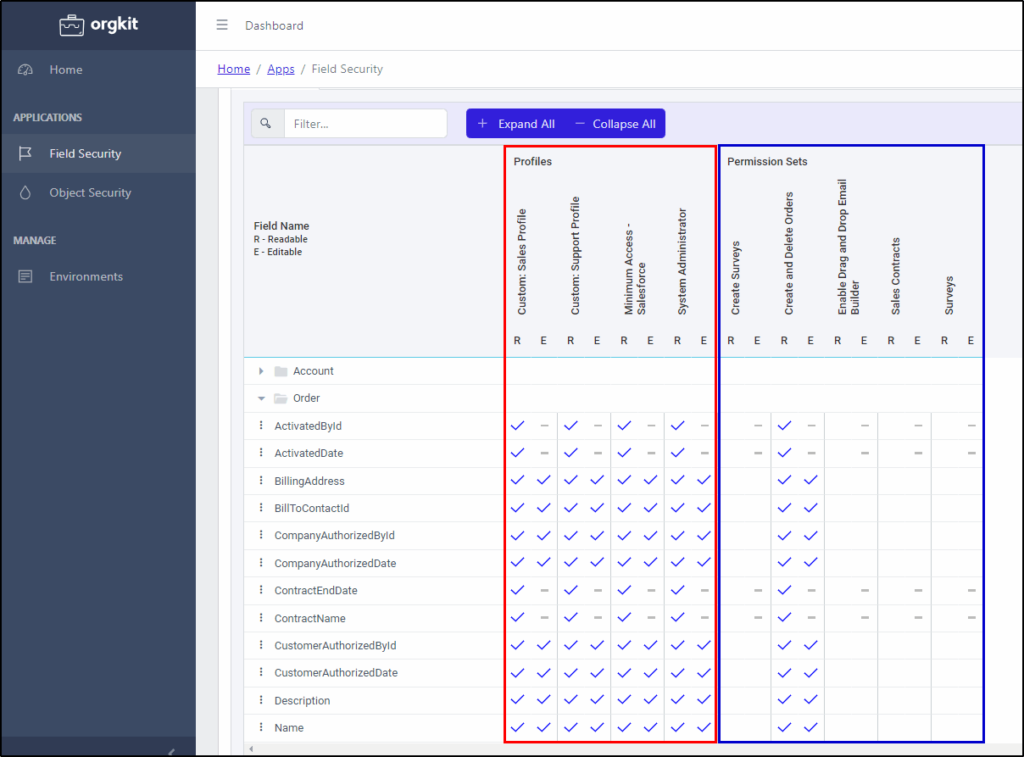
Bulk Update Field and Object Security
I’ve been a keen supporter of the free Power Profile Tools utility for several years. It was helpful when I needed to view or update the Field Level Security for many Salesforce user profiles. The Power Profile Tools utility has been shut down. In its place is a new tool named OrgKit that has even better functionality.
You can find the OrgKit at https://orgkit.io and it’s quick and easy to get started. It’s an external application so there is nothing to install. Just create your user account and select the license type you need. There is even a free 14-day trial to get you started.
There are three licence types Starter, Standard and Premium. The Starter edition allows you to manage two environments with standard objects only. Moving up to Standard gives you two connected environments and up to four environments (total). This is per billing period and also includes support for custom objects. The Premium edition provides up to 10 connected environments and up to 15 in a billing period. This allows you to manage some additional environments and have a temporary increase during the billing period.
Orgkit Review
Once you have signed up and logged in, you start by adding the Salesforce environment you want to manage. I selected a Production org for my free developer org. Depending on the license you purchase, you can have multiple production or sandbox environments.
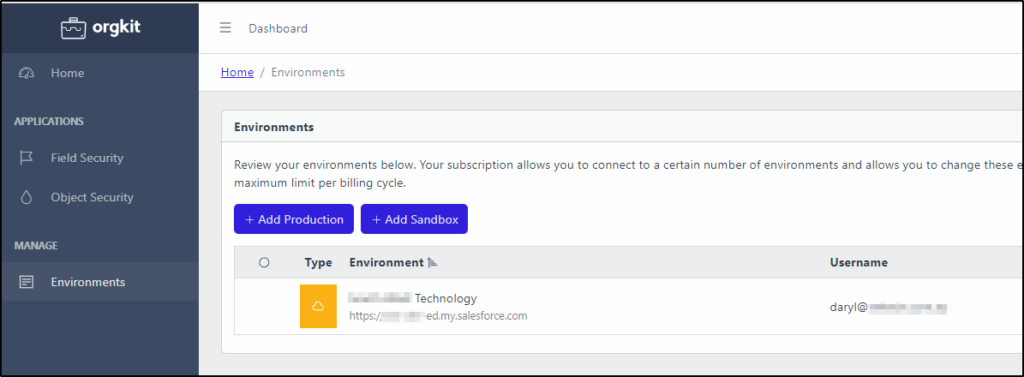
Field Security
You can now enjoy hassle-free bulk updates for Field Level Security across multiple profiles (1). You can also include Permission Sets (2). See exactly which profiles or permission sets have access to fields on the objects you choose (3).
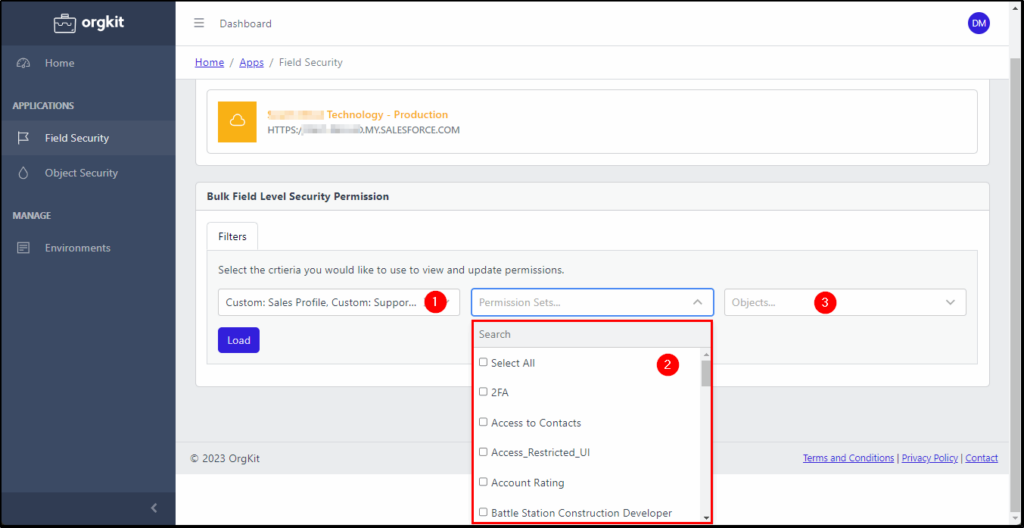
Profiles and Permission Sets showing Field Level Security settings for the Order object. The checkboxes indicate the user has either R (read) or E (edit) access to the field. A dash “-“ indicates this option is not available (eg for system fields).

Removing access to a field is as simple as removing the check box. Use your mouse to click and drag over the area to select all. There is no need to individually click each field. The selected fields will be shown in red, indicating there are pending changes.
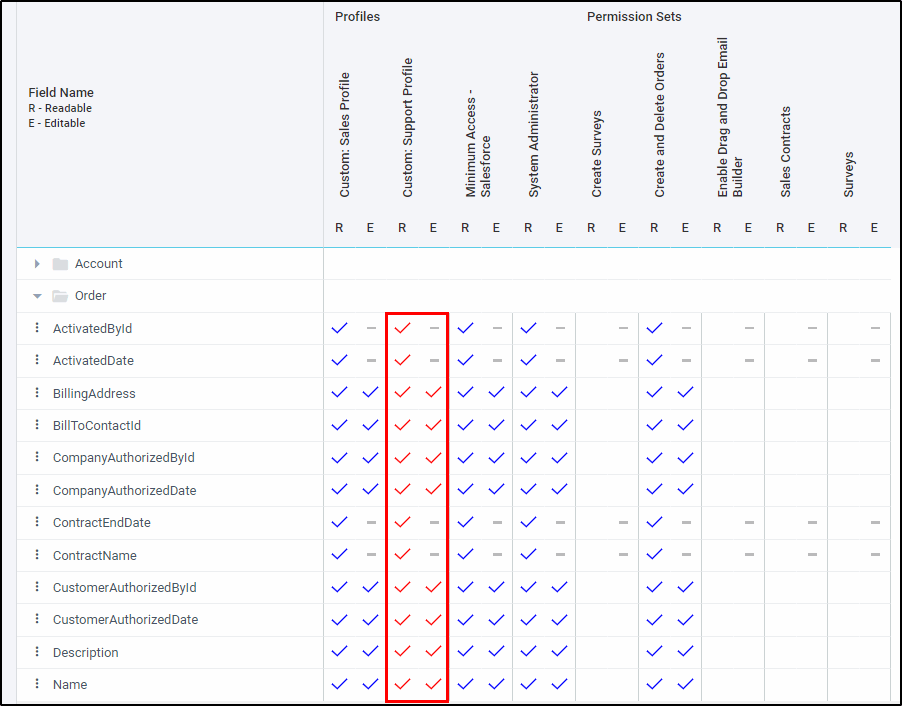
Clicking Save Changes takes you to the confirmation screen where you can review changes that have been selected. Before you commit these changes, you can either download a package (1) [for use with a 3rd party deployment tool] or you can download a backup file (2) in XML format. When you are ready to make the changes, simply check the box to agree and click Deploy All Changes (3).
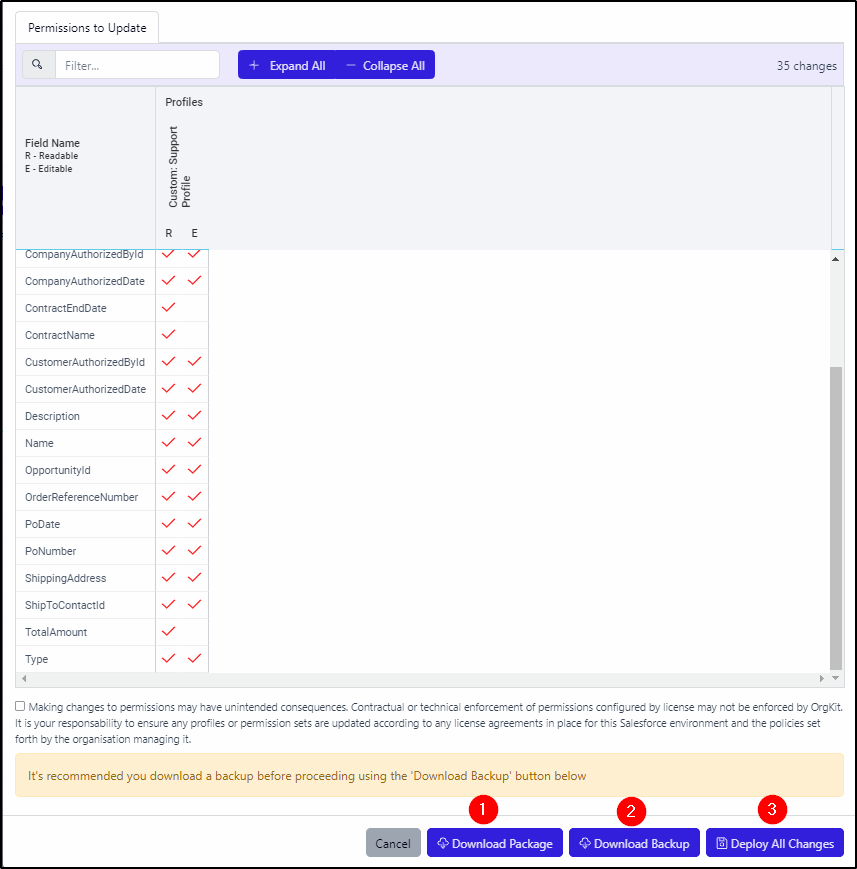
If all goes well, you will be greeted by a success message:
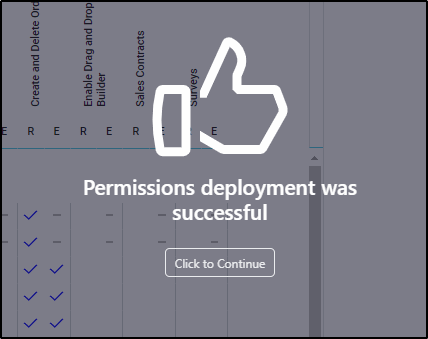
You can then Reload the previous settings to check the update was successful:
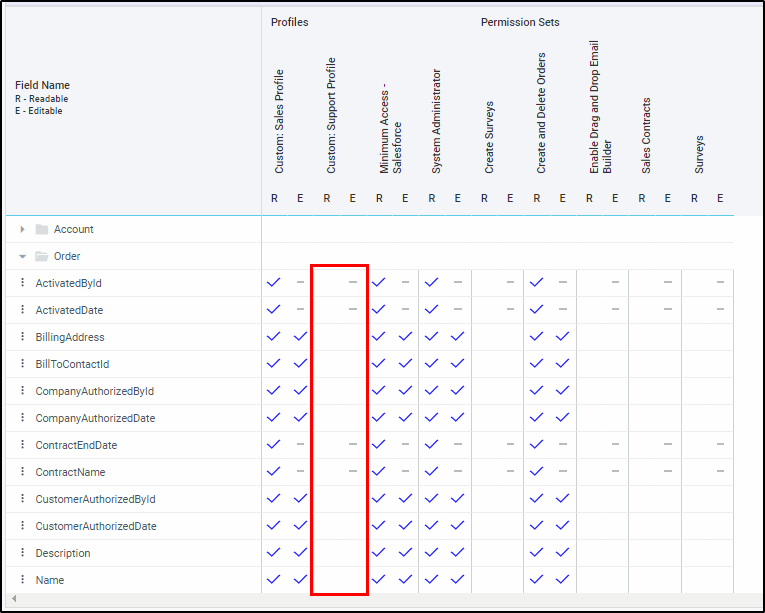
Adding access to a field is the same, drag your mouse across the fields required and they will be replaced by red ticks until you click Save Changes and then Deploy the Changes.
Object Security
Object Level Security works in a very similar manner.
Select your desired Profiles, Permission Sets, and Objects and the current Object Level security settings will be displayed.
Read, Create, Edit, Delete, VA (View All) and MA (Modify All) indicate the level of access for the profile or permission set.
The same method of selecting the ticks you want to change can be employed then click Save Changes and backup before deploying the changes.
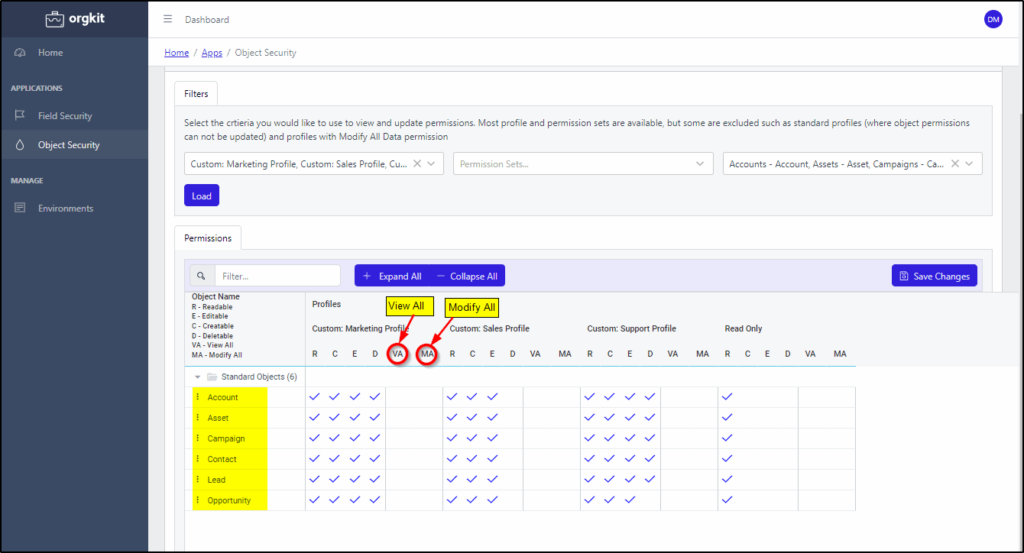
Overall Assessment of OrgKit
OrgKit Review: I like Orgkit even more than Power Profile Tools. The ability to bulk upgrade the Object Security also makes OrgKit a one-stop shop for bulk access updates or auditing purposes.
If you are planning your migration from profiles to permission sets, this is a great way of determining current access, and being able to view all profiles on a single page is a great feature.
The ability to generate a backup via a package or a backup file is a great option that provides additional comfort in case you make a mistake and need to revert the changes.
The only things I see missing are all the other permissions contained in profiles and permission sets – things like “can run reports”, “transfer leads” etc. Apex permissions are also missing at this stage but that is probably less of a limitation. The author assures me that both these features are currently under development.


